How To Make A Camera Wrist Strap ?
To make a camera wrist strap, you will need a few materials such as a strong and durable cord or strap, a camera strap lug or attachment point, a needle, and thread. Start by measuring the desired length of the wrist strap, keeping in mind that it should be comfortable and secure when worn. Cut the cord or strap to the measured length. Next, thread one end of the cord through the camera strap lug or attachment point. Fold the end of the cord over itself and sew it securely using a needle and thread. Repeat the same process with the other end of the cord, ensuring that it is securely attached to the camera. Test the wrist strap by attaching it to your camera and wearing it on your wrist. Adjust the length if necessary for a comfortable fit.
1、 Choosing the right materials for a camera wrist strap
Choosing the right materials for a camera wrist strap is essential to ensure the safety and comfort of your camera while shooting. There are various options available in the market, each with its own advantages and disadvantages. Here is a guide on how to make a camera wrist strap and the latest point of view on materials:
1. Nylon webbing: Nylon webbing is a popular choice for camera wrist straps due to its durability and strength. It is lightweight and can withstand heavy loads, making it suitable for professional photographers. Additionally, nylon webbing is resistant to water and abrasion, ensuring the longevity of the strap.
2. Neoprene: Neoprene is a synthetic rubber material that provides excellent cushioning and comfort. It is soft and flexible, making it ideal for long hours of shooting. Neoprene wrist straps also have a non-slip surface, preventing the camera from slipping out of your hand.
3. Leather: Leather camera wrist straps offer a classic and stylish look. They are known for their durability and ability to age gracefully. Leather straps are comfortable to wear and provide a secure grip on the camera. However, they may not be as resistant to water and wear as other materials.
4. Paracord: Paracord wrist straps have gained popularity recently due to their versatility and strength. Paracord is a lightweight nylon rope that can be unraveled in emergency situations. It is available in various colors and patterns, allowing for customization.
The latest point of view on materials for camera wrist straps is the increasing use of sustainable and eco-friendly materials. Some manufacturers are now offering wrist straps made from recycled materials or organic fabrics. These options not only provide functionality but also contribute to reducing environmental impact.
In conclusion, when choosing materials for a camera wrist strap, consider factors such as durability, comfort, and style. Nylon webbing, neoprene, leather, and paracord are popular choices, each with its own unique features. Additionally, the latest trend is the use of sustainable materials, reflecting the growing awareness of environmental responsibility.
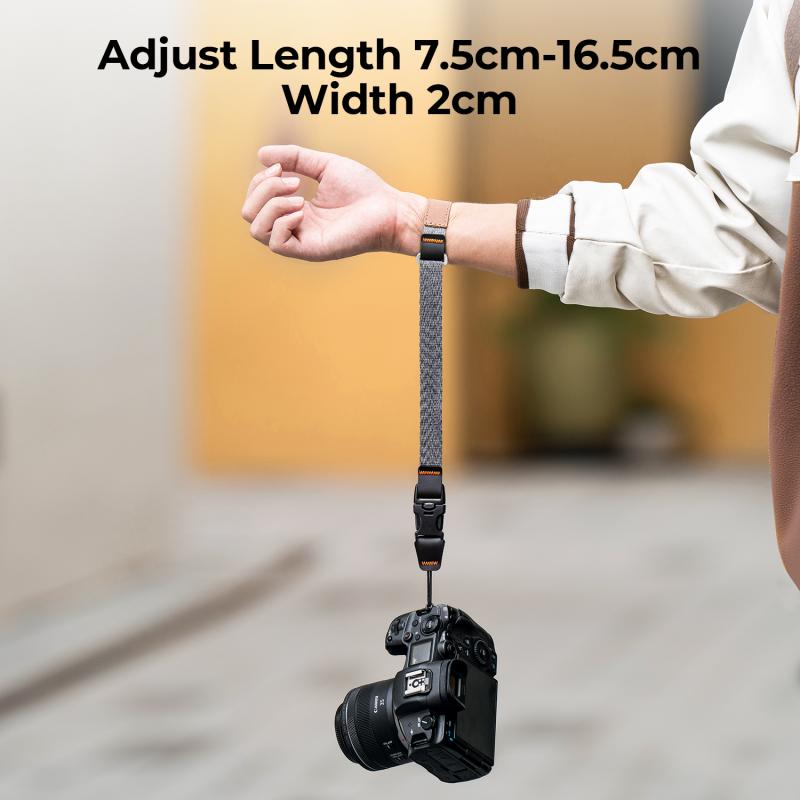
2、 Measuring and cutting the strap to the desired length
To make a camera wrist strap, you will need a few materials and some basic sewing skills. Here is a step-by-step guide on how to make one:
1. Gather the materials: You will need a sturdy fabric or webbing for the strap, a sewing machine or needle and thread, a camera strap lug or keyring, and a pair of scissors.
2. Measure and cut the strap: Start by measuring your wrist to determine the desired length of the strap. Add a few extra inches for adjustability and seam allowance. Using the scissors, cut the fabric or webbing to the desired length.
3. Attach the lug or keyring: If you are using a camera strap lug, fold one end of the strap over the lug and sew it securely. If you are using a keyring, thread the strap through the ring and fold it over itself, then sew it in place.
4. Sew the strap: Fold the strap in half lengthwise, with the lug or keyring at one end. Sew along the open edge of the strap, about 1/4 inch from the edge, to create a tube. Make sure to reinforce the stitching at the lug or keyring attachment point for added strength.
5. Finish the strap: Trim any excess fabric or webbing, and turn the strap right side out. Use a safety pin or a bodkin to help with turning if needed. Press the strap flat with an iron to give it a neat finish.
6. Attach the strap to your camera: Once the strap is complete, attach it to the camera by threading the lug through the camera's strap attachment point or by using the keyring to attach it to a camera strap lug.
Remember to choose a fabric or webbing that is strong enough to support the weight of your camera. Additionally, consider adding padding or a non-slip material to the inside of the strap for added comfort and security.
In recent years, there has been an increase in the popularity of wrist straps for cameras due to their convenience and ease of use. They provide a secure way to carry your camera while keeping it easily accessible for quick shots. Additionally, wrist straps offer a more compact and lightweight alternative to traditional neck or shoulder straps.
When making a camera wrist strap, it is important to consider the durability and strength of the materials used. Opt for a sturdy fabric or webbing that can withstand the weight of your camera. Reinforce the stitching at the lug or keyring attachment point to ensure it can handle the strain.
Furthermore, you may want to add padding or a non-slip material to the inside of the strap for added comfort and security. This can help prevent the strap from digging into your wrist and provide a better grip.
Overall, making a camera wrist strap is a relatively simple DIY project that can be customized to your preferences. It allows you to have a secure and convenient way to carry your camera while keeping it easily accessible for capturing those perfect moments.
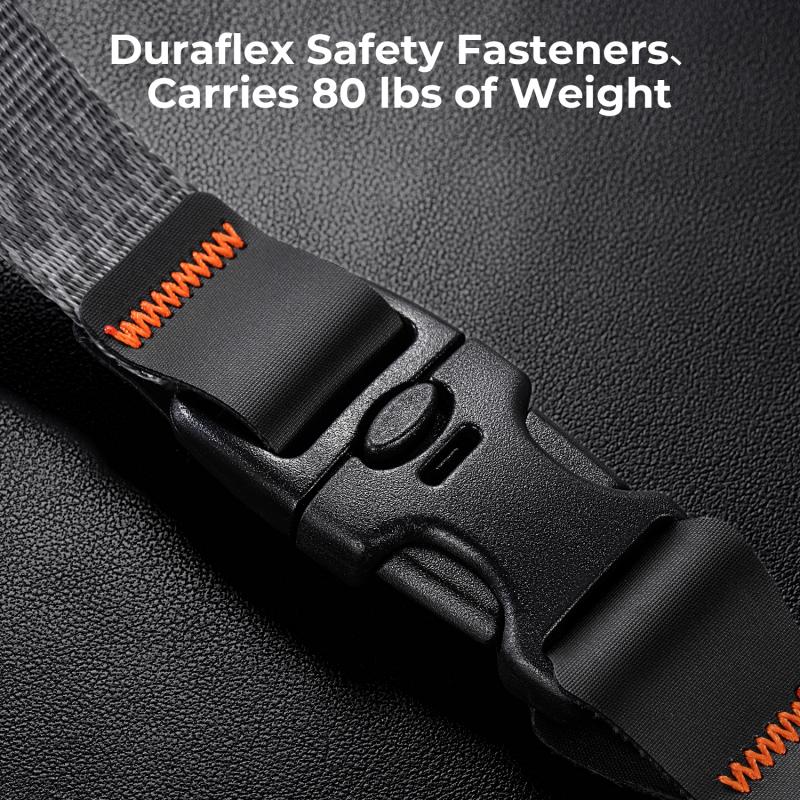
3、 Sewing the strap together securely
To make a camera wrist strap, you will need a few materials and some basic sewing skills. Here's a step-by-step guide on how to create a camera wrist strap:
1. Gather the materials: You will need a sturdy fabric or webbing strap, a D-ring or a metal loop, a sewing machine or needle and thread, and a pair of scissors.
2. Measure and cut the strap: Determine the desired length of your wrist strap. It should be long enough to comfortably fit around your wrist. Cut the strap accordingly, ensuring it is wide enough to provide stability and support for your camera.
3. Attach the D-ring or metal loop: Fold one end of the strap over the D-ring or metal loop, leaving a small loop at the end. Sew the folded end securely, making sure to reinforce the stitching for added strength.
4. Sew the strap together securely: Fold the strap in half lengthwise, with the D-ring or metal loop at one end. Align the edges and sew them together, using a sewing machine or needle and thread. Make sure to sew multiple lines of stitching to ensure the strap's durability.
5. Test the strap: Once you have sewn the strap together, test its strength by pulling on it firmly. Ensure that the stitching holds and the strap feels secure.
From a latest point of view, you can also consider using a paracord or a braided rope as the strap material. These materials are known for their strength and durability, making them ideal for camera wrist straps. Additionally, you can personalize your wrist strap by adding decorative elements or using different colors of thread.
Remember, the key to making a camera wrist strap is sewing it together securely. This will ensure that your camera remains safe and protected while providing you with a comfortable and reliable way to carry it around your wrist.
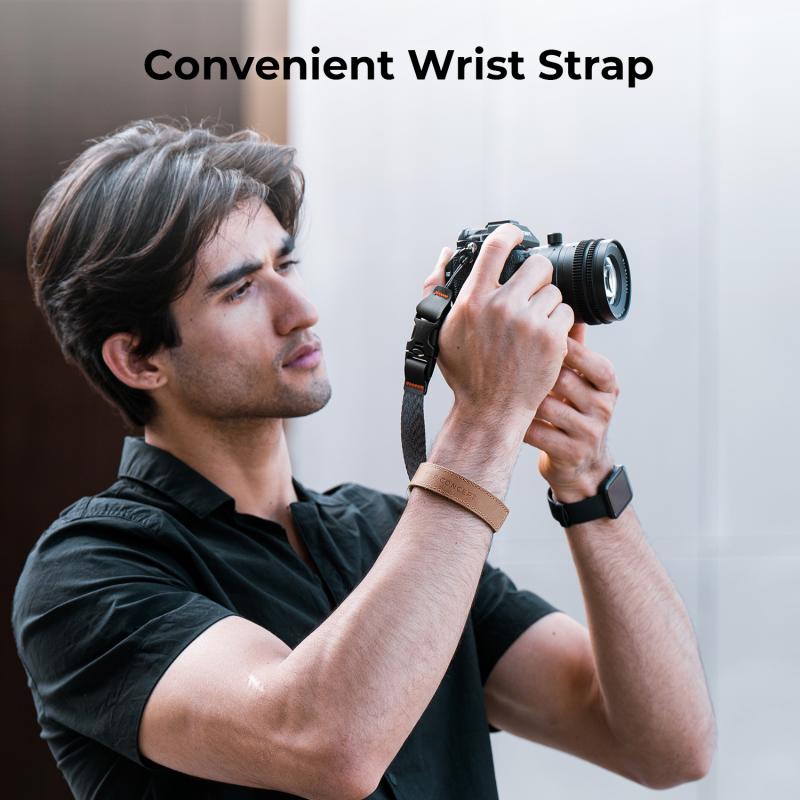
4、 Attaching the strap to the camera using a split ring or other method
To make a camera wrist strap, you will need a few materials and tools. Here is a step-by-step guide on how to create one:
1. Materials needed:
- A strong and durable strap material (such as nylon or paracord)
- Split ring or other attachment method (carabiner, keyring, etc.)
- Scissors
- Lighter (optional, for sealing the ends of the strap material)
2. Measure and cut the strap material to your desired length. It should be long enough to comfortably fit around your wrist with some extra length for adjustment.
3. If using nylon or paracord, you may want to seal the ends to prevent fraying. You can do this by quickly running the cut ends through a flame from a lighter, being careful not to burn the material.
4. Attach one end of the strap to the split ring or other attachment method. You can do this by folding the end of the strap over the ring and securing it with a tight knot or by using a small metal clamp.
5. Next, attach the other end of the strap to your camera. Most cameras have a small hole or loop specifically designed for attaching a wrist strap. If your camera doesn't have one, you can use a split ring or other attachment method that can be secured to a strap lug or other sturdy point on the camera body.
6. Once the strap is securely attached to both the split ring and the camera, adjust the length to your preference and make sure it is comfortable to wear.
Attaching the strap to the camera using a split ring or other method is a common and reliable way to secure your camera to your wrist. However, it's important to note that different cameras may have different attachment options, so it's always a good idea to consult your camera's manual or manufacturer's guidelines for the best method of attaching a wrist strap.
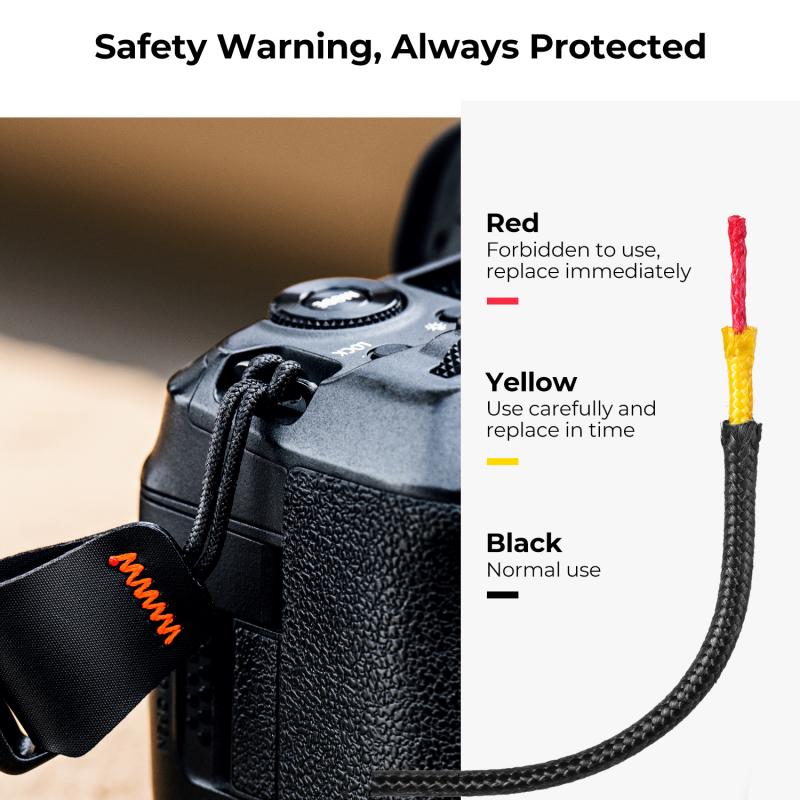


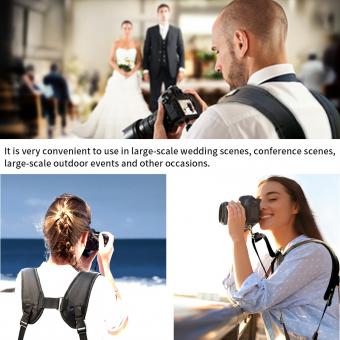

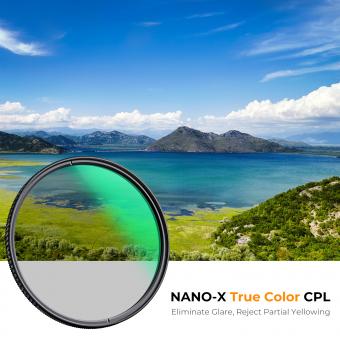
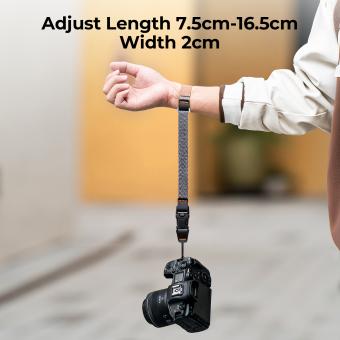





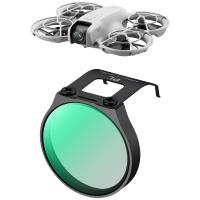
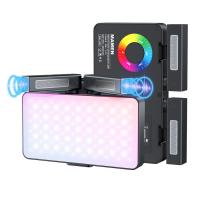




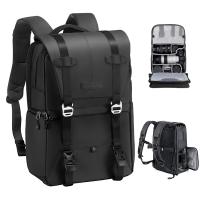
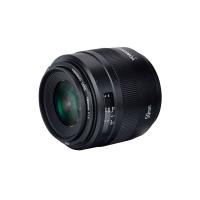

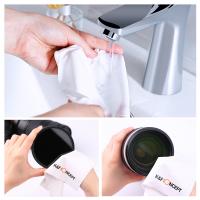
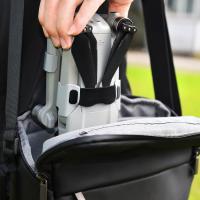
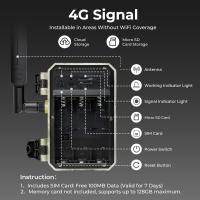

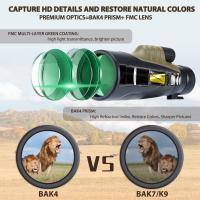
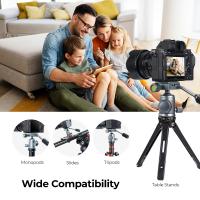
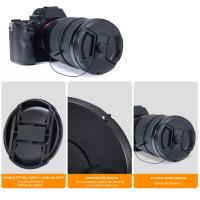
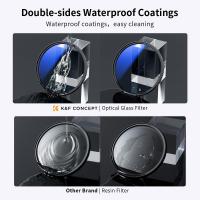


There are no comments for this blog.